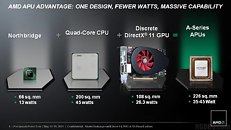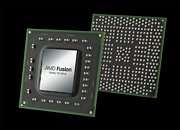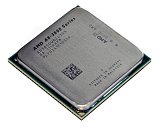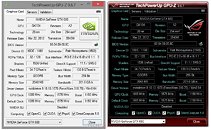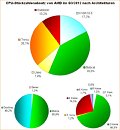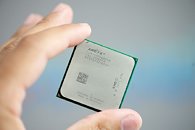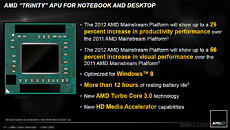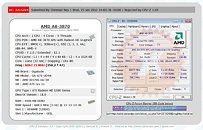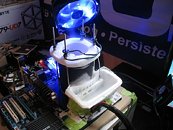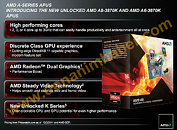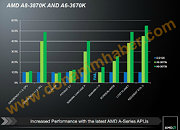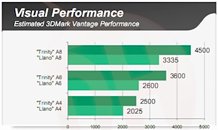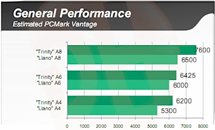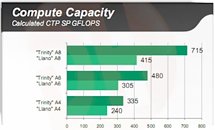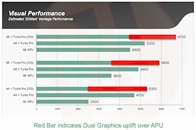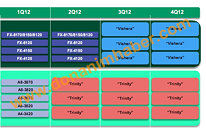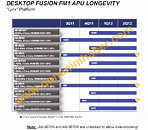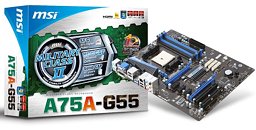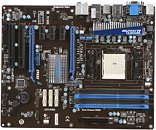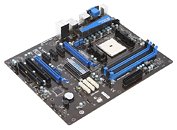
AMD Settles in "Llano" Investor Lawsuit by Coughing up $29.5M
AMD Tuesday agreed to settle in its longstanding class-action lawsuit by investors for making misleading guidance over its first-generation accelerated processing units (APUs), codenamed "Llano." AMD was alleged to have oversold the potential of "Llano" in driving up revenues to the company, causing losses to investors. AMD is reported to have reached an agreement with the class to settle for USD $29.5 million. The settlement is yet to be approved by Judge Yvonne Gonzalez Rogers, who has been hearing the case since 2014, sitting in session for the US District Court in Oakland, California. Under the proposed deal, AMD's insurers foot the bill for the settlement, while it continues to deny any wrongdoing.

